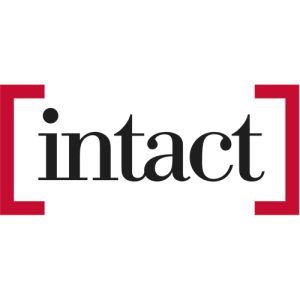Going into a new year, inflation continues to be a key topic for individuals. But are your business customers keeping pace?
Insurance to Value is not a new concept. Each year leading up to renewal, it’s one of the many items on an underwriter’s checklist — to update values for a business. Often, insurance customers suggest that values are fine as they are. However, in this current environment, that approach will likely result in under-insured property values and it’s more important than ever to have those values updated at renewal.
Insurance to Value (or often referred to as ITV) isn’t the property value itself, but the cost to replace or repair if loss or damage occurs. Over the course of two years, costs have increased with prolonged timelines to repair or replace property. This is driven by several factors, including supply chain disruptions and labor shortages contributing to delays, as well as inflation driving up the cost of materials and services. The combined impact of these factors should encourage your clients to re-evaluate not only the replacement costs of physical property, but the turnaround time for repairs or replacement so they can appropriately gauge their business income and extra expense exposure. Having adequate insurance protection as external factors change will help your client’s business be better prepared in good times and bad.
When assessing a property’s value today, several factors play a role:
- Increased costs for construction and building materials
- Increased costs and availability of specialized equipment, machinery, electronics, furnishings, etc.
- Slower turnaround times for re-builds, delivery of materials, replacement of business personal property, etc.
Avoiding the Impacts of Being Underinsured
When property exposures are underinsured, clients may face a number of tough scenarios:
- Not enough insurance: When a property is completely damaged and the limit of insurance is less than the replacement cost, the customer will simply not have enough insurance to cover the entire loss.
- Coinsurance penalty: When underinsured, if a coinsurance clause applies, a customer may be impacted by a coinsurance penalty. This means that even without a total loss, the customer would not collect the full amount for damages. For example, with a 90% coinsurance clause, if a customer carried $700,000 of insurance on a building that had a replacement value of $1,000,000, and suffered a $250,000 loss, even though the loss is less than the limit of insurance, the loss payout would be reduced by a coinsurance penalty.
- Eligibility for Blanket Limits and Agreed Value: To help protect against the first two scenarios, many customers request limits that are “blanketed” over multiple properties. In short, the total limit is available to any one property that falls under the blanket coverage. To ensure they collect adequate premiums for all of the properties included in blanket coverage, insurance companies require a “statement of values” for each property and check that the amounts for each property are at least 90% of the estimated replacement cost. To encourage more than 90%, credits are given in the rate calculations for up to 100% of estimated replacement cost.
You Can Help Inform and Educate Your Clients
Being close to your client, especially with many external factors that could impact their business, is critical. There are various ways you can help your clients in this environment, such as Agree Value. This is a tool that suspends coinsurance provisions, and the insurer and customer agree that the value provided is the full replacement cost of the property. This protects against coinsurance penalties, but not against limits that are too low.
Combining Blanket Limits and Agreed Value can also provide great protection for your clients, but keep in mind that insurers will be using insurance valuation tools to estimate replacement costs. If the stated values are too low, the properties with insufficient values will not be eligible for inclusion in the blanket limit or agreed value provision. Addressing values upfront will help prevent delays with questions about values that are too low.
The bottom line is that with the current inflationary environment and other factors affecting costs and time frames, reflecting the right insurance to value is paramount. This helps customers avoid underinsuring property exposures and other impacts to their business. We encourage you and your clients to carefully review their property values and recognize the longer time frames for repair or replacement when selecting their property limits. Remember, it’s important customers and brokers work closely with their carrier to make sure the correct, current values are reflected.








